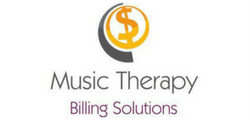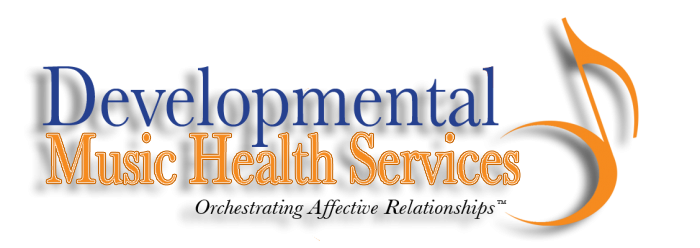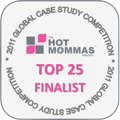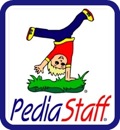If you ever have a chance to go to a session on evidence-based practice (EBP) by Drs. Blythe Lagasse and Robin Edwards, DO! Trust me…it’s worth it.
I’ve been to a couple of their EBP sessions, including one at the Midwestern regional music therapy conference last week. I like their sessions because they manage to break down EBP in easy-to-understand chunks. Their purpose is to share the information with the clinicians out there who, even if they don’t have in-depth research training, still need to understand what EBP is and how to use it.
With that in mind, here’s some of what I learned from Blythe and Robin on Saturday:
Defining Evidence-Based Practice
I went into the session thinking that EBP was defined as treating clients using the best research available combined with your own individual clinical expertise. But I was wrong! There are not two, but 3 components to EBP:
- the best external evidence available (read: research),
- your individual clinical expertise, AND
- the patient’s values and expectations. (Duh…we need to add the patient to the equation!)
EBP is not discipline-specific. By that, I mean there’s one definition of EBP that works for all disciplines. There’s not an nursing EBP, a PT EBP, a music therapy EBP, etc. There’s one EBP–and the definition is the same for all of us.
EBP is holistic. Now I usually think of “holistic” as applying to a single person (e.g. considering the entire physical, mental, and socio-emotional picture). But I’ve never thought of it as applying to the therapeutic process. It makes sense, though. EBP involves considering the “whole” picture of the therapeutic process…including the objective and subjective, the research knowledge base and “in the moment” reality, the cumulation of past clinical experience and the expectations of the patient.
And here’s another interesting idea…the purpose of EBP is to produce the best positive outcomes for our clients. As such, EBP is the ultimate client-centered therapy. I know that, in the past, I’ve thought of EBP as being “all about the research.” But it’s not. By working from an EBP model, you are working to provide your client with the best treatment possible. Thus, it’s all about the client.
The “Evidence-Based Practice” Steps
There are 4 steps to EBP: 1) you question yourself and/or the technique, 2) you look for answers to the question (e.g. in the research), 3) you try it out, and, based on how it work, 4) you refine it.
But it doesn’t “end” at the last stage. The pattern is actually circular–after refining it, you question again, look for answers, try it out, refine, question, look, etc. This is how knowledge continues to grow and get refined–and how the treatment you provide gets better and better.
How to Find the Research
It’s a common misconception to think that EBP only involves research. Although that’s not true, research is still a component. So where do we find the research?
If you are in academia (either as a teacher or a student), you have access to wonderful research databases, such as OVID and Medline. But what about those like me who don’t? We still have access to free online research databases, including Google Scholar (at scholar.google.com) and PubMed (at www.ncbi.nlm.nih.gov/pubmed/). I’ve personally used them both and have found most, if not all, of what I needed.
How to Read the Research
Drs. LaGasse and Edwards gave a great “short-cut” approach to reading research. It’s not necessary for you to read an article from top to bottom. In fact…it’s a waste of time.
Instead, follow these steps they outlined:
- Read the abstract. If it seems like an article that will help you, move on to step 2.
- Read the results section (and research guru Deb Burns pointed out on Twitter to also read the hypothesis. You need to know what the research question is to put the results in context). If the results match the hypothesis, move on to step 3.
- Read the Methods and Discussion sections. The Discussion section is the researcher’s interpretation of the results, along with ideas for how this informs clinical practice and what future research might investigate. The Methods section lets the reader know how the research was conducted and is a measure of the quality of the research.
To learn more about evidence-based practice and the research music therapists can use, I highly recommend you follow Dr. LaGasse’s blog the Music Therapy Research Blog and Podcast, which recently featured an interview with Dr. Robin Edwards about EBP.



 orcid.org/0000-0001-8665-1493
orcid.org/0000-0001-8665-1493






{ 2 comments… read them below or add one }
Aw man! I was scooped again! Blythe and Andrew will be on my show tomorrow. 🙂
thank you.. I am music profesor and i want to know about music therapy because a have a daugther with agenesis of the corpus callosum, severe mental retardatiion and mutation of chromosome 8.. She has been in contact with music since birth and this has helped in the development of all its aspects, cognitiven socialn physical and emotional. I need help to her and other child because i help with better life..
You must log in to post a comment.